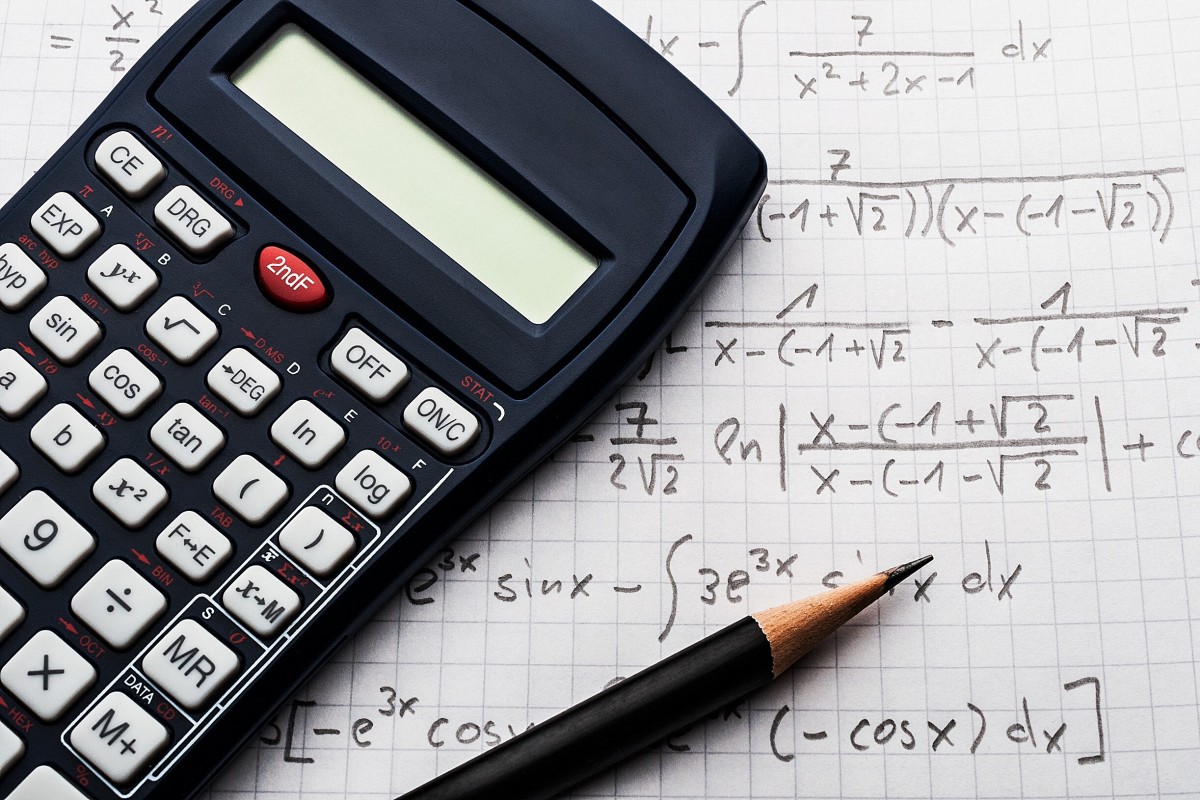
- Don’t assume questions in section A are easier than in section B, say maths tutors.
- They also recommend to review topics taught in junior secondary, like polar coordinates and estimation.
 Nervous about your maths assessment? Here's some tips on how to nail the HKDSE.
Nervous about your maths assessment? Here's some tips on how to nail the HKDSE.Solving maths problems is like untangling knots and can get pretty stressful when you have to do it under timed conditions.
But DSE takers: we have got you covered! Young Post spoke to two experienced maths tutors – Beacon College’s Ken Tai and Modern Education’s Dick Hui – for some pointers on how to cope with these once-in-a-lifetime challenges.
Paper One is divided into three sections: A(1), A(2), and B. The first section tests students’ understanding of topics taught in junior secondary years, such as simplification of indices and factorisation.
Tips for nailing the Chinese language HKDSE
Questions in this section are the easiest to tackle, Hui notes, and students aiming for a pass should get at least 30 out of a total of 35 points.
Section A(2) explores similar and congruent triangles, polynomials and volume. “These problems are trickier, featuring at least five to seven ‘explain’ and ‘proof’ questions [that] many students have difficulty handling,” Hui said.
If you struggle to explain a specific phenomenon – or prove an equation or statement – do not forget you can use the given information to tackle sub-questions that follow, he added.
How to nail your Liberal Studies HKDSE
Tai also warned that “students often assume questions in Section A are easier than those in Section B”. As a result, candidates aiming for an average grade might allocate more time to Section A to ensure they earn all the easy points. “This exam strategy might [have] worked before 2015,” he said, “but the HKEAA [Hong Kong Examinations and Assessment Authority] has changed the way they design the questions.”
The first two or three questions of Section B are often less demanding than the final ones in Section A(2). “So if you’re stuck on the last two problems of Section A, move on to Section B first, and come back to them later,” he advised.
Hui agreed the first two or three questions of Section B – mostly about permutations, combinations, and statistics – are relatively short and less complex than other questions in the same section.
Tips for doing well on the Chinese-language speaking exam
“More often than not, the more advanced questions centre on 3D trigonometry, arithmetic sequence and geometric sequence [ASGS], and circle … Students aiming for Level Five or above should know these topics well,” he said.
Even if you lack confidence in your maths abilities, Tai recommends still attempting the first three sub-questions of the hardest problems. “They are usually fairly easy, and could be solved by students who are at Level Three or higher,” he said.
“Those aiming for a lower grade should at least finish part (a) of the questions in Section B,” Hui concurred. “It’s not all or nothing. Play smart and grab all the points you can,” added Tai.
Maths doesn't have to be confusing!
Both tutors said there is a good chance that ASGS will be examined in the latter part of Section B this year.
“It’s been a while since an ASGS long question last appeared in the exam,” said Hui, who speculates the topic will be in the last question of, worth 12 to 13 points.
While referring to exam trends, Tai added that students might be asked to show their knowledge on probability in one of the trickier questions.
Paper Two consists of 45 multiple-choice questions covering the entire syllabus.
The 2020 exam schedule at your fingertips
Hui reminded students to revise topics taught in junior secondary school, including polar coordinates and estimation.
“Questions on centre of triangles, circles, trigonometry, as well as ASGS are generally more complicated and time-consuming,” he said. “Students spending over one minute on these questions – and still have no idea how to tackle them – should move on to the other questions first.”
Hui also told candidates who struggle against the clock to set aside time for the last few questions. “They are rarely tricky, each taking just about 30 seconds to solve.”
You should also pre-install calculator programmes to assist you with questions on 3D trigonometry, circles, and equations.
How to study for the HKDSE, from top scorers
“It is easy to make careless mistakes because there are many calculations involved to solve these problems,” Tai explained. “These errors can be avoided if you check answers using relevant calculator programmes. This trick might even allow you to skip a few calculations and save some time.”
In general, Hui encouraged students to visualise and tackle problems by sketching diagrams when applicable. When bogged down on a question, identify pieces of information you have not used.
“Think about how these properties – and its related theories – might help you solve the problem,” he added.
With only around a couple of weeks left, both Hui and Tai urged candidates who are practising past papers to time themselves.
How to nail the SBA and go from a 5 to a 5*
“Check your answers and weak areas only after you finish the entire paper,” said Hui. Tai added: “It’s important to get used to working under pressure.”
However, if maths is not your strong suit, Tai advised studying past paper questions “by topic” instead.
If you are running short on revision time, Hui recommended doing only multiple-choice questions and familiarising yourself with the Paper One marking schemes.
“Do your best to prepare for the exam. Make your future self proud,” he said. “Uphold the never-say-die spirit,” said Tai. “It’s been a tough year ... Survive the exam, and things shall get better.”
